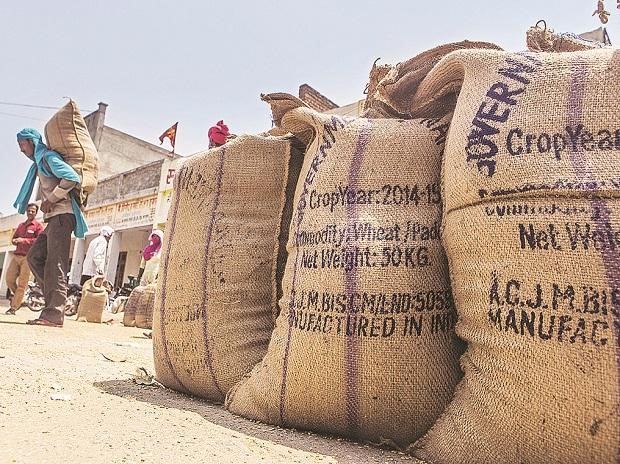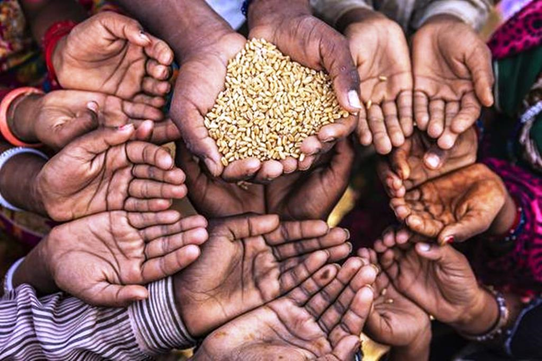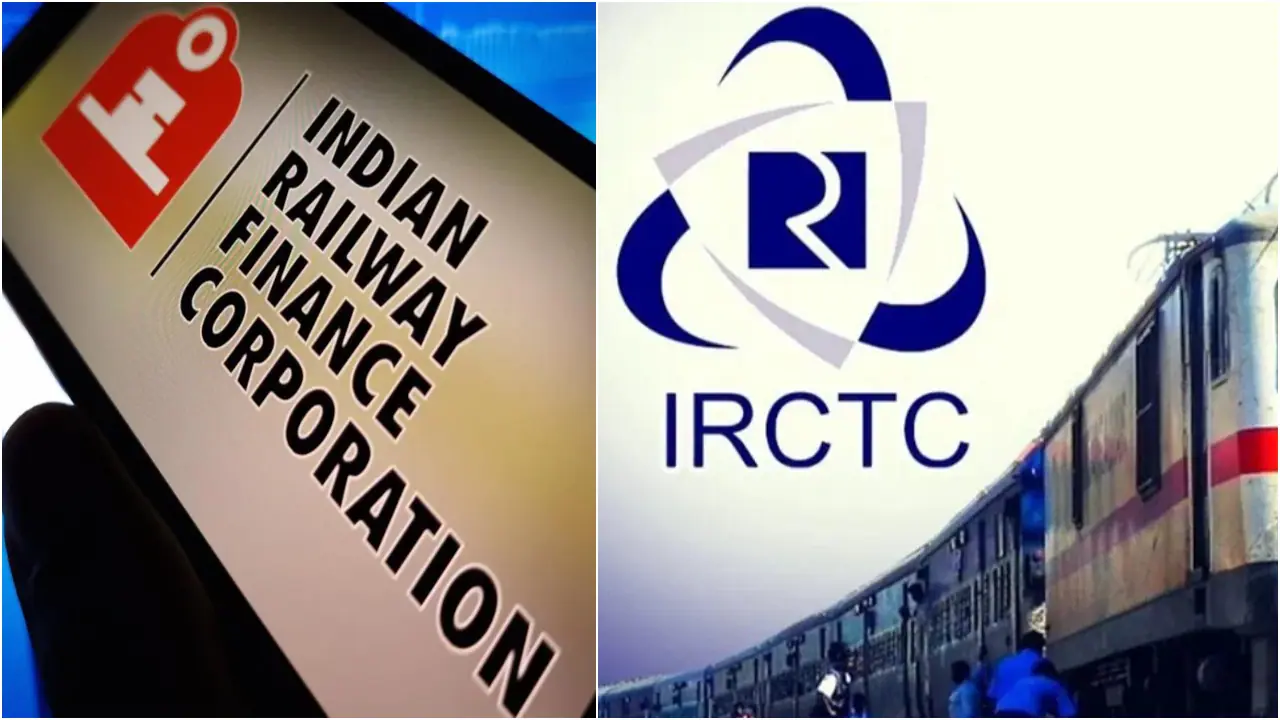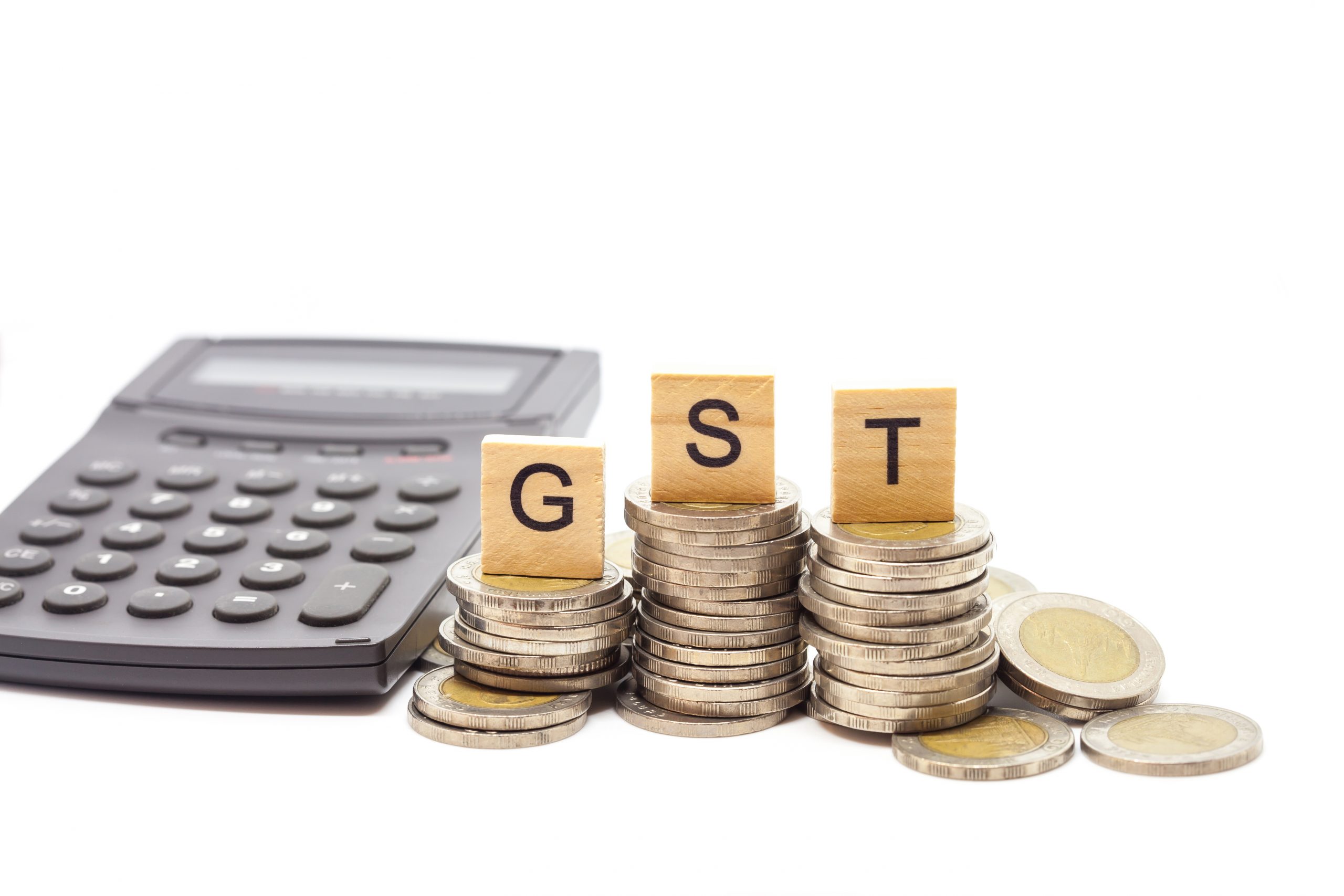- Courses
- GS Full Course 1 Year
- GS Full Course 2 Year
- GS Full Course 3 Year
- GS Full Course Till Selection
- Answer Alpha: Mains 2025 Mentorship
- MEP (Mains Enrichment Programme) Data, Facts
- Essay Target – 150+ Marks
- Online Program
- GS Recorded Course
- Polity
- Geography
- Economy
- Ancient, Medieval and Art & Culture AMAC
- Modern India, Post Independence & World History
- Environment
- Governance
- Science & Technology
- International Relations and Internal Security
- Disaster Management
- Ethics
- NCERT Current Affairs
- Indian Society and Social Issue
- NCERT- Science and Technology
- NCERT - Geography
- NCERT - Ancient History
- NCERT- World History
- NCERT Modern History
- CSAT
- 5 LAYERED ARJUNA Mentorship
- Public Administration Optional
- ABOUT US
- OUR TOPPERS
- TEST SERIES
- FREE STUDY MATERIAL
- VIDEOS
- CONTACT US
Issues Of Buffer Stock and Food Security
Issues Of Buffer Stock and Food Security

Issues Of Buffer Stock and Food Security
Buffer stock is a reserve that is used to offset price fluctuations and unanticipated emergencies. Most of the time, buffer stock is kept for things like food grains, pulses, and other necessities.
The first-time food grains were stockpiled in India was during the 4th Five Year Plan in 1969. The Food Corporation of India was established in 1964 under the Food Corporation Act to carry out the Food Policy's goals.
Objectives of having a buffer stock
- Price stabilization: By ensuring that there is always a minimum amount of stock on the market, buffer stock contributes to the stabilization of a commodity's price. The buffer stock can be used to raise the price of a commodity when there is a limited supply, or it can be used to lower the price when there is a large supply.
- Stabilization of supply: By ensuring that a certain quantity of a commodity is always on hand in the market, buffer stock also contributes to the stabilization of the supply. This may assist in preventing commodity shortages or surpluses, which can result in price swings and economic instability.
- Stabilization of income: By ensuring that farmers and other producers receive a stable price for their goods, buffer stock can also help to stabilize their income. This may assist in lessening the impact of market fluctuations on their means of subsistence.
- Food safety: By ensuring that there is always a minimum amount of stock available in the market, buffer stock can also be used to ensure food security. Especially during times of crisis or emergency, this can help to ensure that people have access to food and prevent food shortages.
- Grains used in welfare programs: The government's social welfare programs, like the Targeted Public Distribution System (TPDS) and Other Welfare Schemes (OWS), like providing food to people who have been displaced by natural disasters and the midday meal program for school-age children, are made possible by the purchase of food stocks.
India's buffer stock norms
- India's buffer stock norms are the minimum and maximum amounts of food grains that the government must keep in stock as part of its buffer stock policy. In India, the buffer stock policy is in place to support farmers' incomes, stabilize prices, and guarantee food security.
- As of July 1 of each year, the government of India is required to maintain a buffer stock of 21.04 million tonnes of food grains, including wheat and rice, in accordance with India's buffer stock norms. There should be a minimum buffer stock of 10.04 million tonnes of rice and a minimum buffer stock of 11 million tonnes of wheat from this.
- Food grains are purchased from farmers at the Minimum Support Price (MSP) and stored in numerous godowns and warehouses across the nation to maintain the buffer stock. When there is a shortage of food grains or to stabilize food grain prices during periods of high demand or low supply, the government releases buffer stock into the market.
- India's buffer stock standards are evaluated and updated on a regular basis in light of the current market conditions and requirements. In India, the buffer stock policy is an important tool for ensuring food security and stabilizing prices, especially for the most vulnerable people who rely on food subsidies and support.
Problems with buffer stocks
- The high cost of administration and logistics: Because the majority of the funds are allocated for the purchase of buffer stocks, the Agricultural Ministry and FCI have difficulty adjusting the budget to make money available for the effective creation and operation of storage units. These instances demonstrate how this is feasible:
- Double Waste: In India, a significant portion of the population is dying from hunger, and inadequate storage practices are also contributing to the depletion of enormous food stocks. After the purchase, warehousing issues include a lack of storage space and other infrastructure.
- Wastage: Rats, frost, and rain frequently spoil food grains in open, outdoor storage, costing the government a lot of money.
- Issues with transportation: It costs a lot to transport grains to and from the FCI godowns. During shipping, spills and deterioration also contribute to an increase in losses.
- Abuse and robbery: Ghost recipients, alcoholic beverage manufacturing facilities, and illicit markets may occasionally receive the buffer stockpiles. A significant portion of the population suffers from hunger as a result, while others benefit from buffer stocks of food grains in place of the target population.
- The practice of unfair trade practices: The government's purchase of food grains and maintenance of buffer stocks are seen as trade-distorting by many Western industrialized nations. In the same vein, they summon India to the WTO.
- Affects cropping pattern: For staple grains like rice and wheat, combining buffer stocks with MSP results in a skewed pattern of crop output. Because these crops need a lot of water to grow, more fertilizer is needed to make them more productive. By affecting crop diversity and the environment, this puts India's nutritional security at risk. Farmers who live in areas where growing rice and wheat is difficult will also be more likely to grow those crops.
- Open-End Purchasing: In the absence of a precise estimate of the total buffer stock required to run the PDS and in emergency situations, the open-ended procurement of food stocks further complicates the proper storage and consumption of buffer stocks.
Food Security

Definition: The condition of having physical, social, and financial access to sufficient, safe, and nutritious food that meets dietary requirements and preferences for an active and healthy life is known as food security. To put it another way, food security means that everyone has access to enough food at all times to live an active and healthy life.
Food security is a fundamental human right and a crucial component of human well-being. Not only is it important for people's health and well-being, but it also helps communities and nations grow economically and socially. Hunger, malnutrition, poverty, and social unrest can all result from a lack of food security.
Food security is made up of four main parts:
- Availability: The quantity of food produced, imported, or donated is what is meant by the term "availability of food."
- Access: The ability of individuals to obtain food, either by producing it themselves or by purchasing it from markets or other sources, is referred to as access to food.
- Utilization: The capacity of an individual to absorb and utilize food's nutrients to prevent malnutrition and maintain good health is referred to as "utilization of food."
- Stability: Food stability is the long-term availability and accessibility of food, which is necessary to guarantee food security.
Importance of food security in India
- Malnutrition and hunger: To ensure that everyone has access to sufficient, safe, and nutritious food to meet their dietary requirements, food security is essential. A significant number of children in India are malnourished, and approximately 14% of the population is malnourished. Food security can help solve these problems and make people's health and well-being better.
- lowering poverty: Food insecurity can help reduce poverty because of the close relationship between the two issues. Food security can help ensure that vulnerable populations have access to enough food to meet their basic needs and act as a safety net.
- Economic expansion: Economic expansion and development also depend on food security. Social unrest and instability can result from a lack of food security, which can impede economic expansion. Food security can contribute to stability, which is necessary for economic development and growth.
- Agricultural progress: Since agriculture is the primary source of food production, there is a strong connection between agricultural development and food security. Food security can encourage agricultural development, which in turn can support economic growth and reduce poverty.
- Securing the country: Because food is a fundamental requirement for a population's survival, food security is also crucial to national security. Food security can aid in the prevention of social unrest and instability, both of which can be detrimental to national security.
Relationship Between Food Security and Buffer Stocks
- Food security and buffer stocks are closely linked. The quantity of food grains that the government purchases and stores in order to maintain price stability and guarantee food security is referred to as buffer stocks. Because it helps to ensure that there is an adequate supply of food to meet the needs of the population, especially during times of shortage or crisis, the upkeep of buffer stocks is an important tool for ensuring food security.
- Food security is dependent on buffer stocks' ability to maintain food price stability. It can be hard for people, especially those who are poor or vulnerable, to get food when prices are high or unstable. Food prices can be stabilized and food remains affordable and accessible to all by maintaining buffer stocks.
- In times of natural disaster, drought, or other emergency, buffer stocks can also help to ensure that there is an adequate supply of food. During these times, food supply can be disturbed, prompting food deficiencies and food frailty. During these times, buffer stocks can be put on the market to make sure that the population has enough food to eat.
Challenges To Food Security
- Population – Despite the fact that a significant portion of the Indian population is engaged in agricultural activities, the availability of food for all is a challenge as a result of the country's growing population.
- Poverty – This is one of the most significant obstacles that must be overcome in order for the nation to achieve the desired level of food security. Extremely high is the percentage of people living below the poverty line (BPL).
- Climate change: has had a significant impact on farming and agricultural activities in recent years. There are floodplains and droughts in some areas.
- Corruption – Diverting the grains to open market to get better margin, selling poor quality grains at ration shops, and the irregular opening of the shops adds to the problem of food insecurity.
- Inadequate storage facilities – Inadequate and improper storage facilities for grains, which are frequently stored outside under tarps that provide little protection from humidity and pests.
- Lack of Awareness – Lack of education and training The production of food grains, for example, is slowed down by traditional farming practices, which take slightly more time.
- Unmonitored nutrition programs: Implementing well-monitored nutrition programs must be prioritized.
Way Forward: Shanta Kumar Committee Recommendations
The government set up the six-member Shanta Kumar committee to improve FCI's financial management and operational efficiency when purchasing, storing, and distributing food grains. Restructuring or unbundling FCI were among the recommendations made by the committee.
The following are important suggestions that were made:
- Reduce the number of recipients of the National Food Security Act from 67% to 40%.
- Allow the private sector to purchase and store food grains.
- If a direct benefit transfer system is implemented and bonuses on MSP payments made by governments to farmers are stopped, the amounts of the minimum support price (MSP) and food subsidy can be directly transferred to the accounts of farmers and beneficiaries of food security.
- FCI could only engage in full grain procurement in states with weak procurement capabilities.
- In situations where conditions are performing well, such as in Haryana, Punjab, Andhra Pradesh, Chhattisgarh, Madhya Pradesh, and Odisha, states should handle procurement.
- The term "eliminating levy rice" refers to the rice that the government purchases compulsionally from mills as part of the "levy rice program," which varies from 25 to 75 percent in various states. Mills can only sell the remaining items on the open market.
- Give farmers a cash subsidy of Rs 7,000 per hectare for fertilizer and de-regulate the industry.
- Outsourcing grain: A negotiable warehouse receipt (NWR) system is recommended by the committee.
- Under the new arrangement, farmers can deposit their produce in these authorized warehouses and receive an advance from the bank equal to 80% of the MSP value of their produce.
- Procedures for liquidating buffer stocks that are open and clear: FCI ought to have greater business autonomy; It ought to export surplus goods or sell them on the open market when necessary.
Food Security Programs in India
- Public Distribution System
The public distribution system is one tool for ensuring home food security. Through a regulatory system, the primary objective of PDS is to ensure that families receive necessary consumer goods in an equitable manner at socially acceptable prices.
- National Food Security Mission
During the Eleventh Plan, the project was started in 2007-2008 with the goal of producing 10 million tonnes more rice, 8 million tonnes more wheat, and 2 million tonnes more pulses. Through land expansion, increased productivity, job opportunities, and initiatives to help farmers regain confidence, the scheme aims to increase output. Currently, this program is being implemented in 17 states across the nation.
- Rashtriya Krishi Vikas Yojana (RKVY)
The Rashtriya Krishi Vikas Yojana (RKVY) was launched in 2007-2008 under the Eleventh Plan and was funded by Rs. 25,000 crores to meet the goal of achieving a 4% growth rate in agricultural and related industries by increasing public investment in states. As part of this initiative, several technology packages for increasing agricultural production have been distributed in Assam, Bihar, Chhattisgarh, Jharkhand, Orissa, Eastern Uttar Pradesh, and West Bengal.
- The Integrated Scheme of Oilseeds, Pulses, Oil Palm, and Maize (ISOPOM)
This scheme for the production of oilseeds was implemented on April 1, 2010 in 14 major states; 15 for oil palm and 10 for maize. NFSM and the pulses component were combined. A useful instrument for crop diversification will be this plan. The scheme aims to assist in the acquisition of breeder seeds, the production of founder seeds, certified seed production and distribution, and plant protection incentives like chemicals, equipment, and weedicides.
- Poshan Abhiyan
The Hon'ble Prime Minister officially launched Poshan Abhiyan on March 8, 2018, in the Jhunjhunu district of Rajasthan. Abhiyaan focuses on the nutritional status of adolescents, pregnant women, breastfeeding mothers, and children aged 0 to 6 years old. Through the use of technology, convergence, and community involvement, the program aims to reduce the rate of stunning, under-nutrition, anemia, and low birth weight in children. It also places an emphasis on adolescent girls, pregnant women, and lactating mothers, addressing malnutrition holistically.




